The PowerShot V1 features a new 1.4-inch sensor, which is significantly larger than the sensors found in most compact cameras on the market. This Canon product is designed to compete directly with the ZV-1 II, a vlogging camera model from Sony.
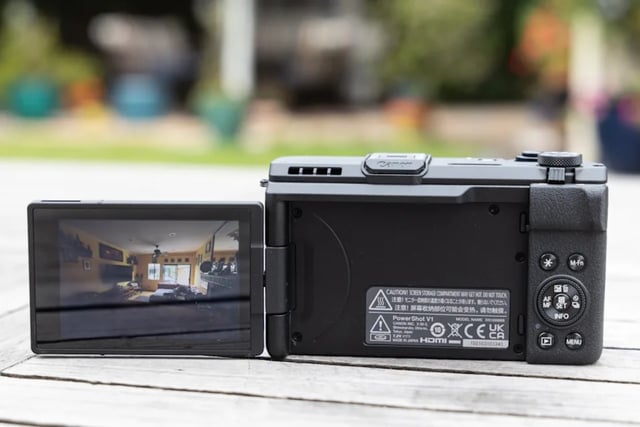
The PowerShot V1 features a fully rotating 3-inch rear display.
PHOTO: CANON
Equipped with a larger 1.4-inch 22.3 MP sensor (nearly the size of Micro Four Thirds) than Sony's rival, the PowerShot V1 improves video recording capabilities. Combined with a 17 - 52 mm (3.1x zoom) f/2.8-4.5 lens, the PowerShot V1 promises to excel in low light conditions and create a shallower depth of field.
Canon goes all-in on vlogging cameras
Although I have only used the PowerShot V1 for a day, I feel that the camera is quite heavy due to its 426 gram weight and thick design. The camera does not have many manual controls, only including a mode dial, a setting dial, a lens dial to adjust the aperture and some other function buttons. The 3-inch rear screen can be rotated completely but there is no electronic viewfinder.
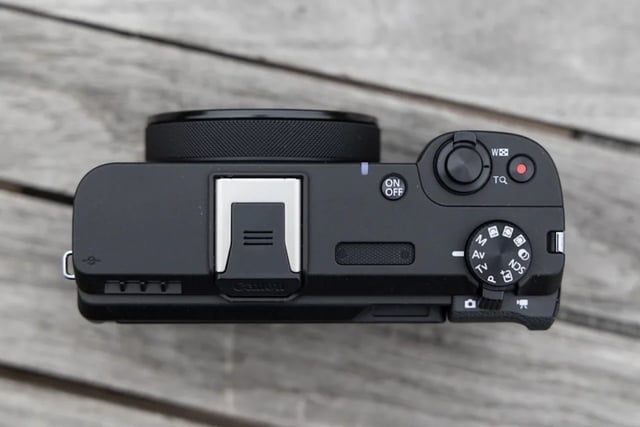
Controls on the PowerShot V1 camera
PHOTO: CANON
The PowerShot V1 is capable of shooting 4K 30fps video with the full width of the sensor, 4K 60p with a 1.4x crop, or 1,080p at 240fps. It also supports Canon C-Log3 with 10-bit 4:2:2 capture, which improves dynamic range and makes video grading easier. In particular, the camera is equipped with a built-in cooling fan, allowing for unlimited shooting time at all resolutions.
Like the ZV-1 II, the PowerShot V1 offers a variety of creative shooting modes, including a "close-up demo mode" and a "skin smoothing mode." Canon's Dual Pixel II autofocus system with subject detection and face/eye tracking is also included, along with a "subject tracking electronic image stabilization" mode that helps center subjects in the frame.
Introducing Sony's Stacked Sensor Technology
Additionally, the PowerShot V1 can be used as a 1,080p webcam via USB-C and connected to a smartphone for live streaming. It also has a mechanical shutter and can shoot continuously at up to 30 frames per second. A notable feature is the built-in filter that allows users to create bokeh effects in bright light conditions.
The PowerShot V1 uses an LP-E17 battery and has a UHS-II card slot, along with microphone, headphone, and microHDMI connectors. However, at $900 when it hits stores in April, the PowerShot V1 isn't exactly a cheap option.
Source: https://thanhnien.vn/canon-ra-mat-may-anh-nho-gon-powershot-v1-chuyen-cho-vlog-185250327182421597.htm









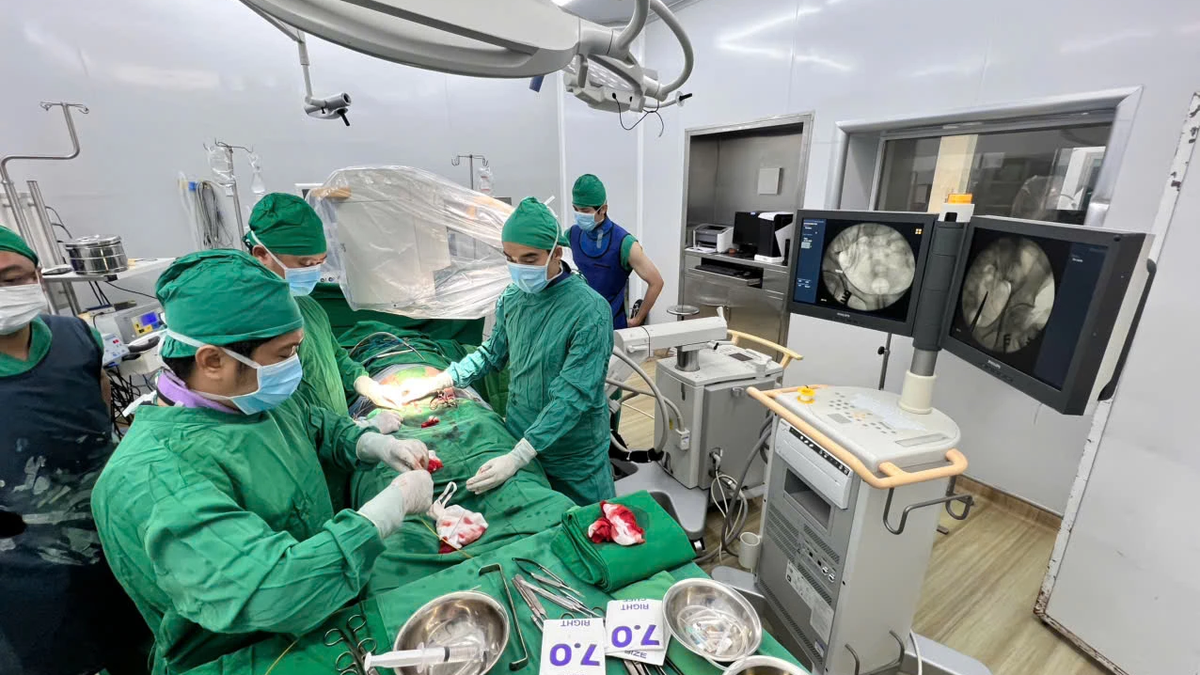






















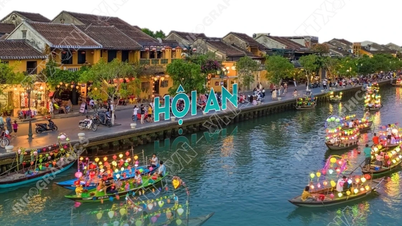












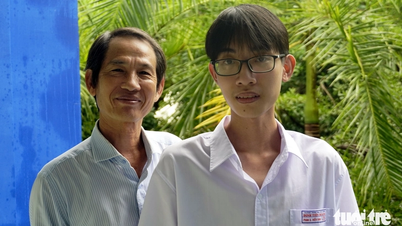








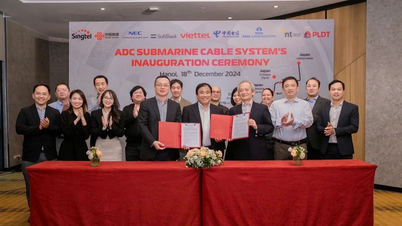












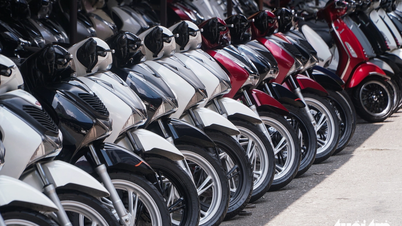
































Comment (0)